Home>Ideas and Tips>Attic Library Conversion for Book Storage in Unused Spaces
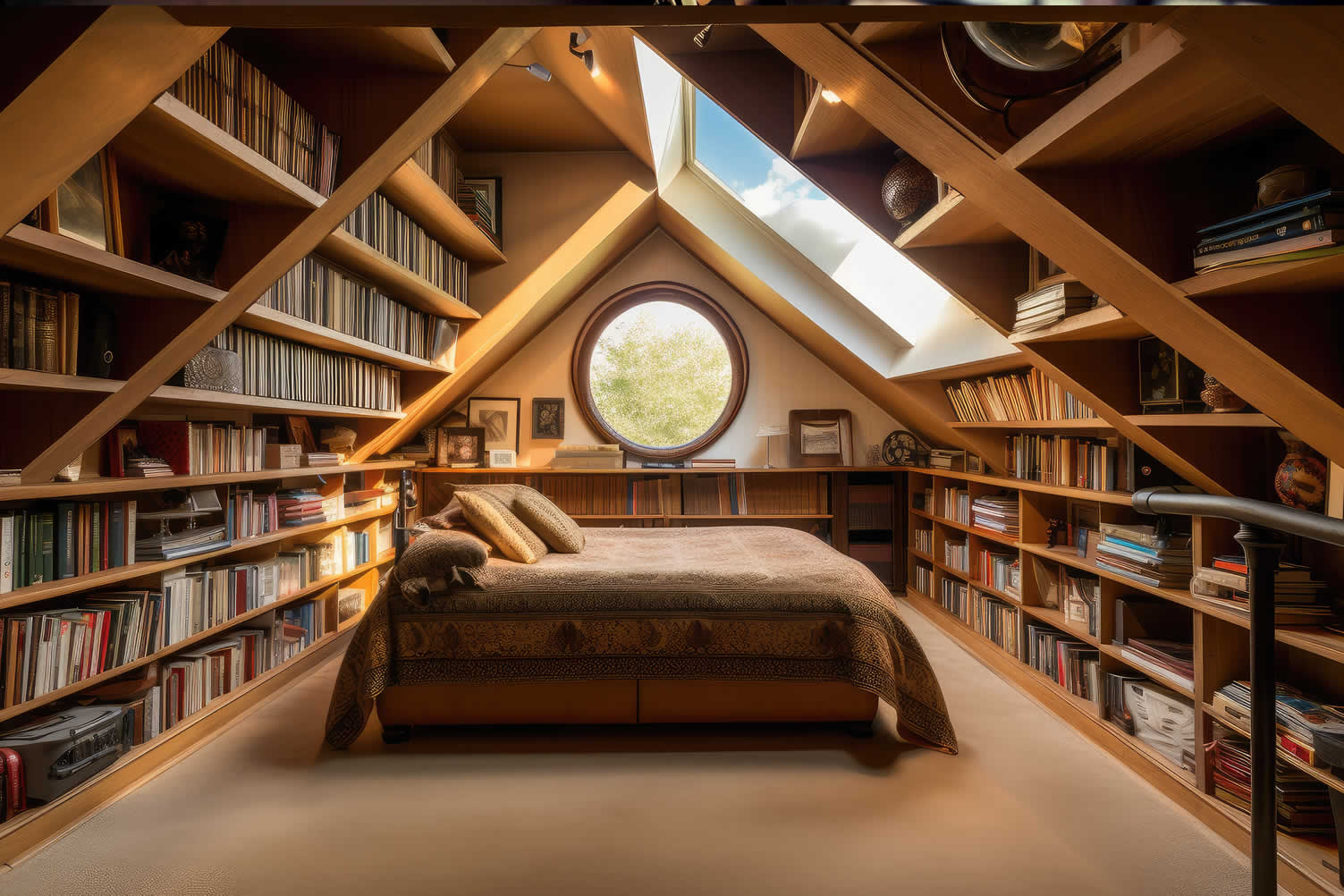

Ideas and Tips
Attic Library Conversion for Book Storage in Unused Spaces
Published: September 22, 2024
Transform your unused attic into a cozy library. Discover steps, costs, and creative ideas for optimal book storage and a serene reading retreat.
(Many of the links in this article redirect to a specific reviewed product. Your purchase of these products through affiliate links helps to generate commission for Storables.com, at no extra cost. Learn more)
Transforming an unused attic into a cozy library is a fantastic way to create a serene and functional space for book lovers. Not only does it provide ample storage for your book collection, but it also offers a peaceful retreat where you can escape the hustle and bustle of daily life. In this article, we will guide you through the process of converting your attic into a dream library, highlighting the key steps, considerations, and creative ideas to make the most of this often-overlooked space.
Why Convert Your Attic into a Library?
Turning your attic into a library is a great idea for several reasons. First off, additional storage is a big plus. Attics often become dumping grounds for unused items. By converting this space into a library, you can keep your books organized and out of the way while still making them easily accessible. Imagine having all your favorite reads in one spot!
Another reason is the quiet retreat factor. The attic is typically a quiet and private space, perfect for reading and relaxation. It’s an ideal place to escape the noise of the house and immerse yourself in your favorite books. You can create a serene environment where you can unwind and enjoy some "me time."
Then there's the aesthetic appeal. A well-designed attic library can be a beautiful addition to your home. You can incorporate elements like built-in shelves, crown molding, and soft lighting to create a cozy atmosphere. This not only enhances the look of your home but also adds a touch of sophistication.
Lastly, space optimization is a huge benefit. By utilizing the attic space, you can free up room in other parts of your home. This is especially useful if you have limited floor space or if you're looking to declutter your living areas. An attic library can help you make the most of your home's square footage.
Steps to Convert Your Attic into a Library
Converting an attic into a living space requires careful planning and execution. Here are the key steps to follow:
1. Ensure Building Code Compliance
Before starting any renovation, it's crucial to ensure that your attic meets all building codes and safety standards. This includes checking for proper ventilation, insulation, and electrical installations. You don't want to start a project only to find out later that it doesn't meet the necessary requirements.
2. Inspect the Roof for Leaks
The attic is one of the most vulnerable areas of your home when it comes to moisture infiltration. Check for any signs of leaks or water damage on the roof and walls. Applying a waterproofing compound can help prevent future issues. Roof repairs can vary in cost, so it's essential to budget for this step.
- Roof Repairs: Minor roof repairs can cost between $150 to $400, moderate repairs between $400 to $1,000, and major repairs between $1,000 to $3,000.
3. Proper Insulation
Proper insulation is essential to maintain a comfortable temperature in your attic library. This helps prevent fluctuations in temperature and relative humidity that could damage your books. Consider using wall insulation to seal gaps in walls effectively. Spray foam insulation is also effective as it guarantees no gaps where indoor air can escape, reducing energy bills.
4. Plan Your Layout
Once you've ensured the attic is safe and well-insulated, it's time to plan your layout. Think about how you want to use the space:
- Bookshelves: Decide on the type of bookshelves you want—traditional wooden shelves with crown molding or modern minimalist designs with wooden and metal accents.
- Seating Area: Consider adding a comfortable seating area where you can sit and read. This could include upholstered furniture like chairs or a couch.
5. Install Windows and Lighting
Proper lighting is crucial for creating a comfortable reading environment. Install windows if possible or use skylights to bring in natural light. The cost of installing windows can range from $2,200 for a five-window installation. Choose from recessed lighting, ceiling-mounted lights, or wall lights. The cost can range from $50 to $200 for recessed lighting.
6. Add Electrical and Plumbing Installations
If you plan to use the space for more than just storage, you'll need to install electrical and plumbing systems. New electrical panel installations can cost between $1,300 to $3,000. Hiring a licensed electrician can add an additional $50 to $100 per hour. Plumbing installations can cost around $1,000.
7. Build Your Bookshelves
Once you've planned your layout and installed necessary systems, it's time to build your bookshelves. Custom-built bookshelves can cost between $1,250 to $4,000 depending on the design and materials used. Standard built-in bookshelves typically cost around $2,500.
Creative Ideas for Your Attic Library
While the basic steps above provide a solid foundation for converting your attic into a library, there are many creative ideas you can incorporate to make it truly special:
1. Use Built-in Shelves
Built-in shelves are a classic choice for libraries. They can be designed to match your home's interior style and provide ample storage for your books.
2. Incorporate Crown Molding
Crown molding adds a touch of elegance to your attic library. It can be stained to match your home's design and create a cohesive look.
3. Add Picture Frame Doors
Picture frame doors are a unique feature that can add character to your bookshelves. They provide easy access while maintaining the aesthetic appeal of traditional bookshelves.
Read more: How To Store Books In Attic
4. Utilize Floating Shelves
Floating shelves are popular in modern homes because they save floor space and have a sleek design. They can store everything from books to pictures and CDs.
5. Create a Cozy Reading Nook
A cozy reading nook is essential for any library. Add comfortable seating, soft lighting, and perhaps a few pillows to create the perfect spot for relaxation.
Cost Considerations
Converting an attic into a library can be expensive, but it's worth the investment if you're a book lover. Here’s a breakdown of the costs involved:
- Windows Installation: $2,200 for a five-window installation.
- Dormers Installation: $1,800 for DIY installation; $2,500 to $20,000 for professional installation.
- Heating and Cooling: $1,000 for duct and vent installations; $4,000 for furnace installation; $300 for window air conditioner; $150 to $200 for electric baseboard heater; $500 to $1,600 for attic fan installation.
- Stairs Installation: $2,200 to $3,100 for professional staircase installation.
- Walls Installation: $1,900 for professional wall installation; $1,600 for drywall installation; $500 for typical wallpaper.
- Ceiling Installation: $1,600 for professional ceiling installation.
- Flooring Installation: $4,400 for hardwood flooring; $1,500 for carpet flooring; $2,800 for laminate flooring; $1,600 for ceramic or porcelain tile flooring.
- Lighting Installation: $50 to $200 for recessed lighting; $90 to $220 for ceiling-mounted lights; $90 to $230 for wall lights.
- Electrical Installation: $1,300 to $3,000 for new electrical panel installation; $50 to $100 an hour for licensed electrician services.
- Plumbing Installation: $1,000 for plumbing installations.
- Bookshelves Installation: $2,500 for standard built-in bookshelves; $1,250 to $4,000 for customized bookshelves.
Conclusion
Turning your unused attic into a cozy library is a rewarding project that offers both practical and aesthetic benefits. By following these steps and incorporating creative ideas, you can create a serene retreat that enhances your home's functionality and beauty. Whether you're a book enthusiast or simply looking to optimize your space, converting your attic into a library is an excellent way to make the most of this often-overlooked area.
Remember to be realistic about your skill level when planning the renovation. If you're not handy, it's always best to hire professionals who can ensure that the job is done safely and efficiently. With careful planning and execution, your attic library will become the perfect sanctuary for reading and relaxation.
Read more: Hidden Rooms Maximizing Unused Attic Space
References:
- BookBub. (2022, November 1). 16 Gorgeous Attic Libraries You Have to See to Believe. Retrieved from https://www.bookbub.com/blog/attic-libraries
- Insulate Kansas City. (n.d.). Steps To Turning Your Unused Attic Into Your Dream Library. Retrieved from https://www.insulatekansascity.com/insulation-blog/steps-to-turning-your-unused-attic-into-your-dream-library/
- Attic Group. (2020, April 7). Transform Your Unused Roof Space Into An Attic Storage Room Retrieved from https://atticgroup.com.au/transform-your-unused-roof-space-into-an-attic-storage-room/
- Paperhaus. (2021, November 29). How to make an attic library. Retrieved from https://paperhaus.substack.com/p/how-to-make-an-attic-library
- Roof Space Renovators. (2023, March 8). 8 Creative Attic Conversion Ideas. Retrieved from https://roofspacerenovators.com.au/8-creative-attic-conversion-ideas/
Was this page helpful?
At Storables.com, we guarantee accurate and reliable information. Our content, validated by Expert Board Contributors, is crafted following stringent Editorial Policies. We're committed to providing you with well-researched, expert-backed insights for all your informational needs.
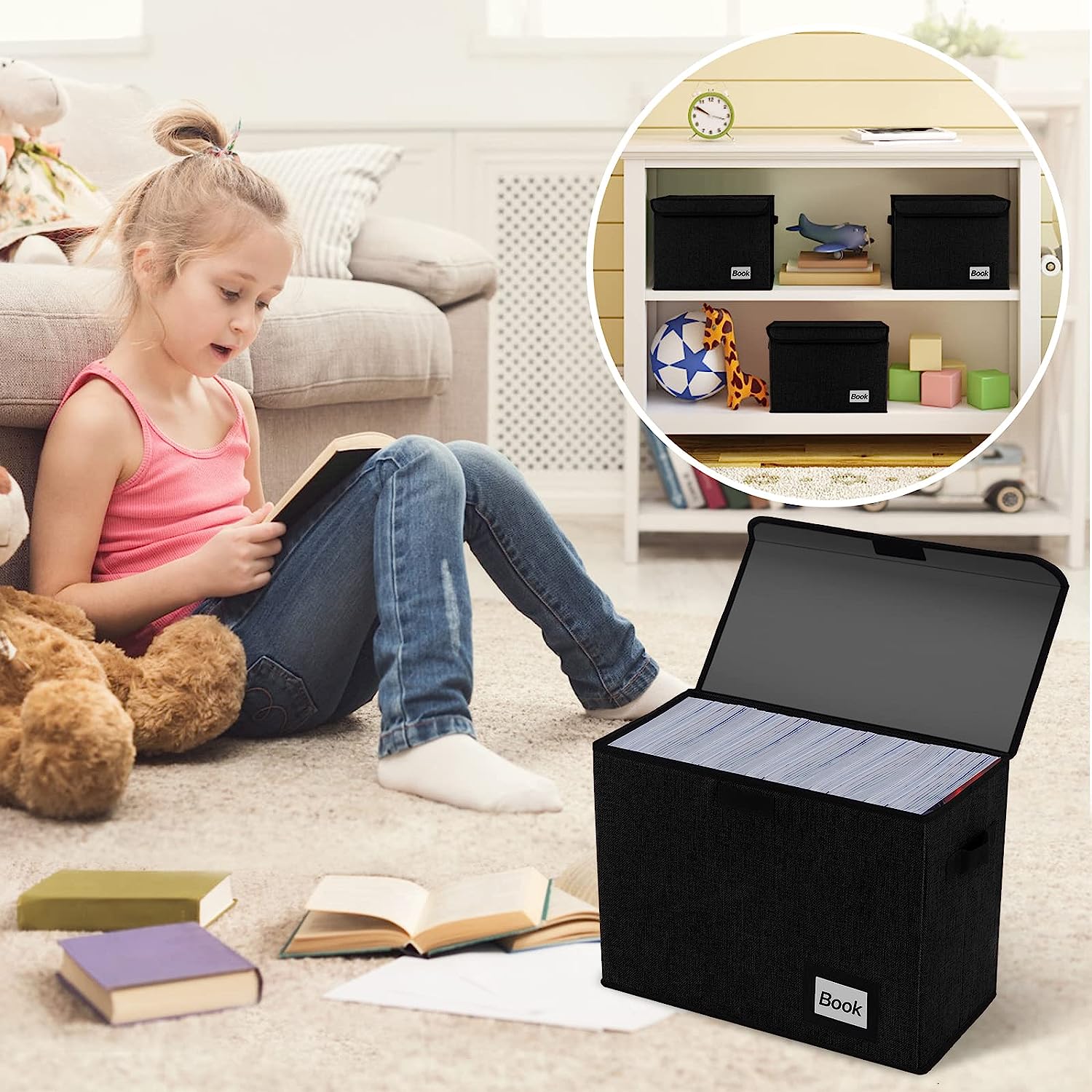

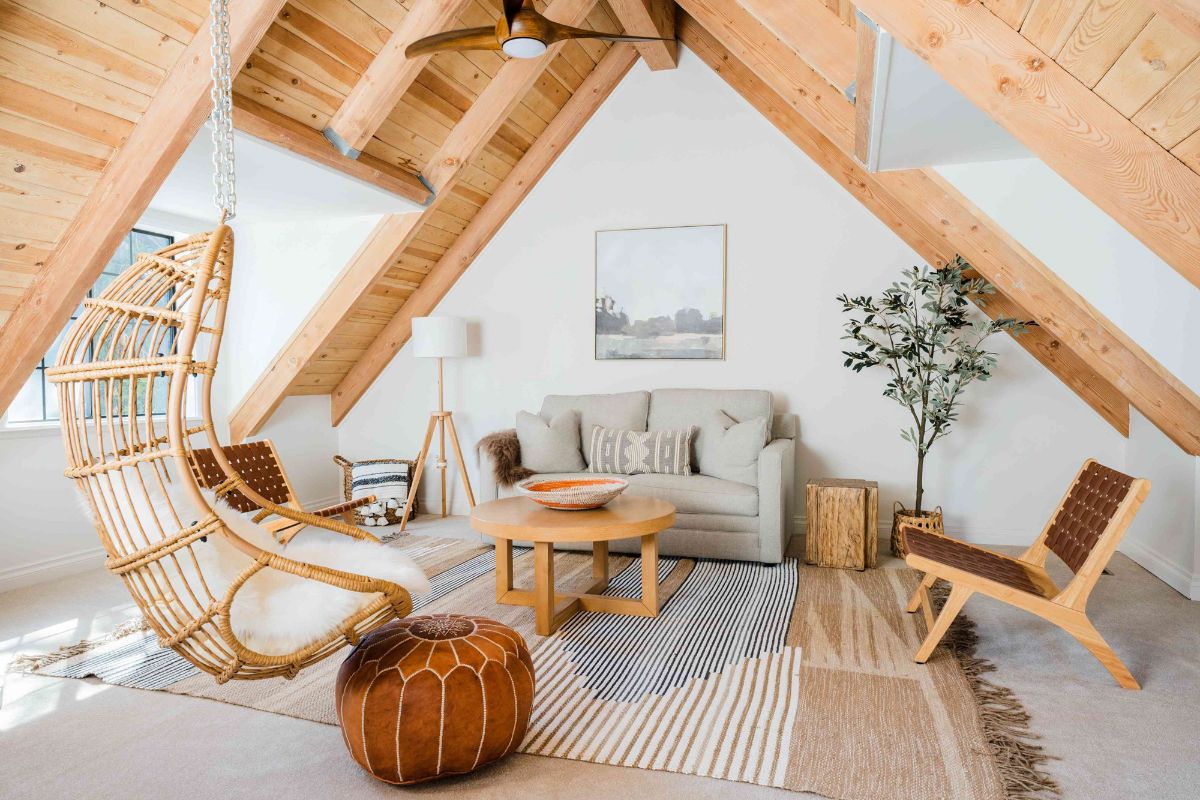
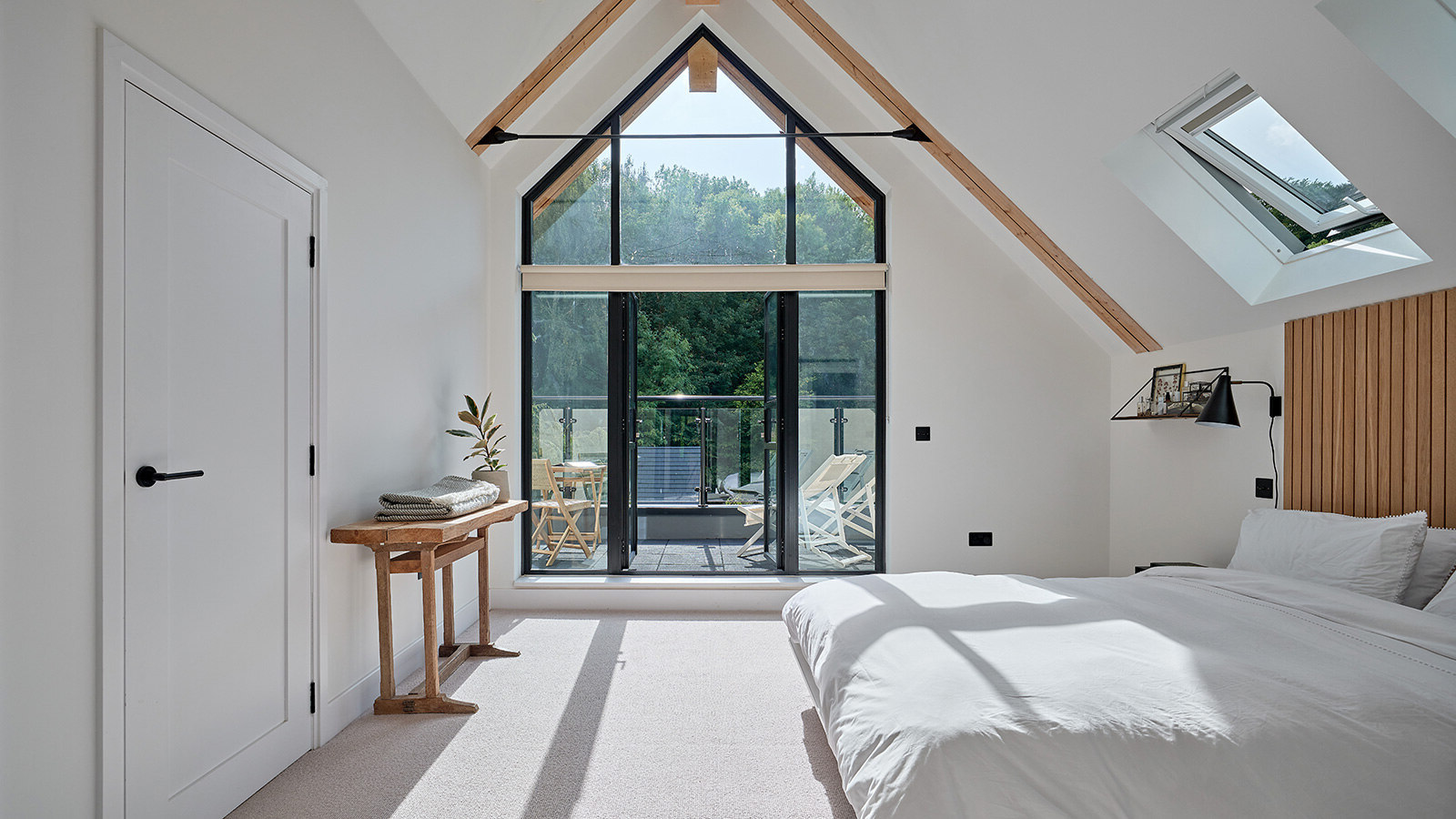


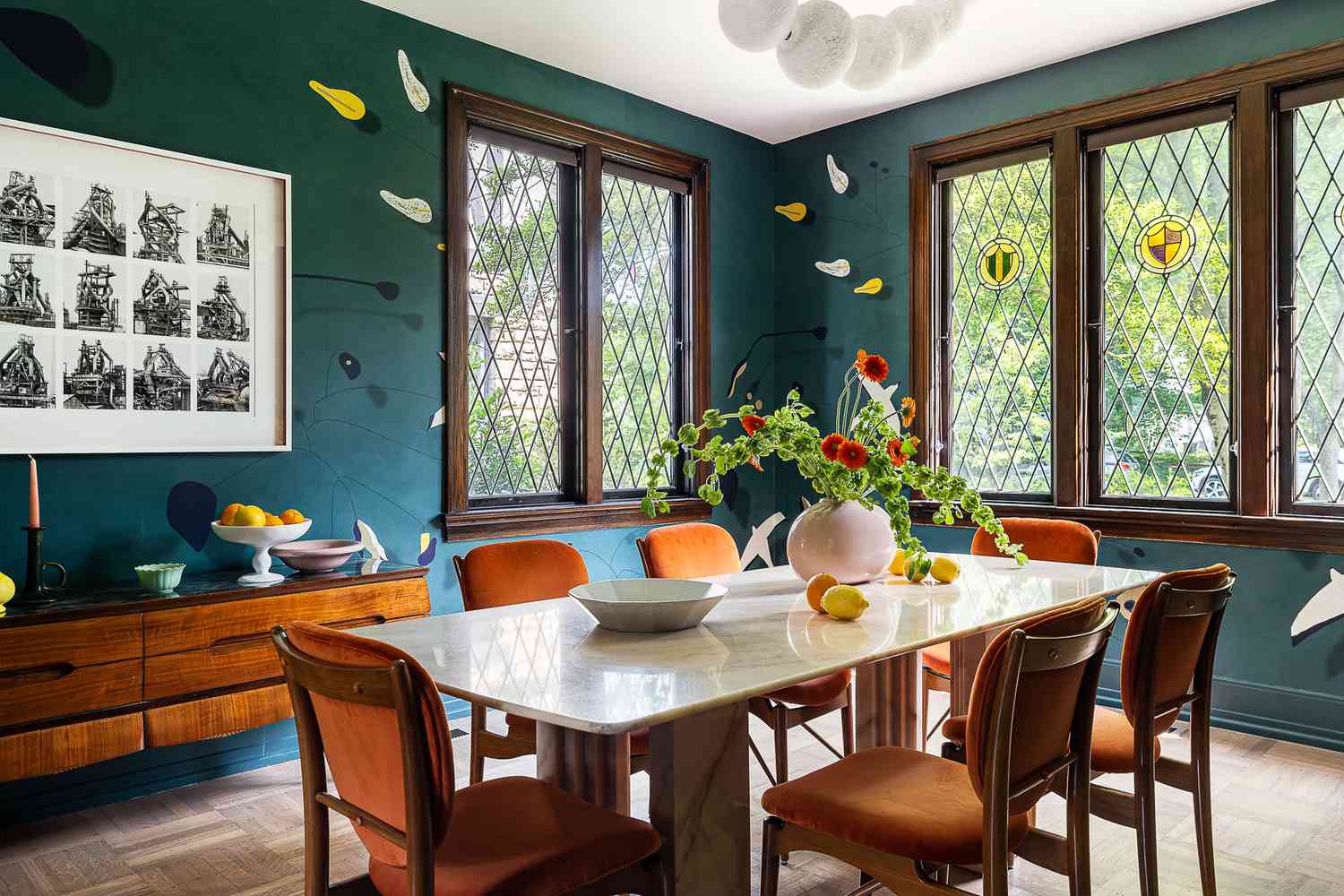
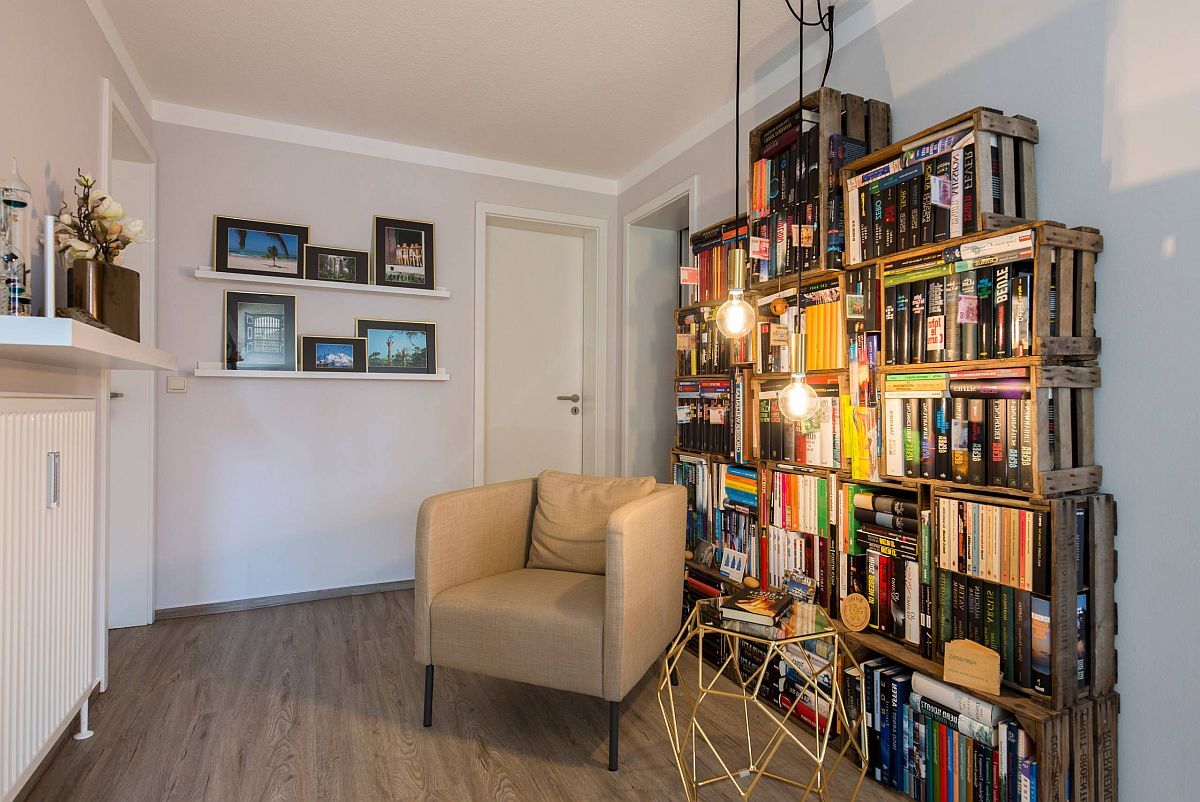
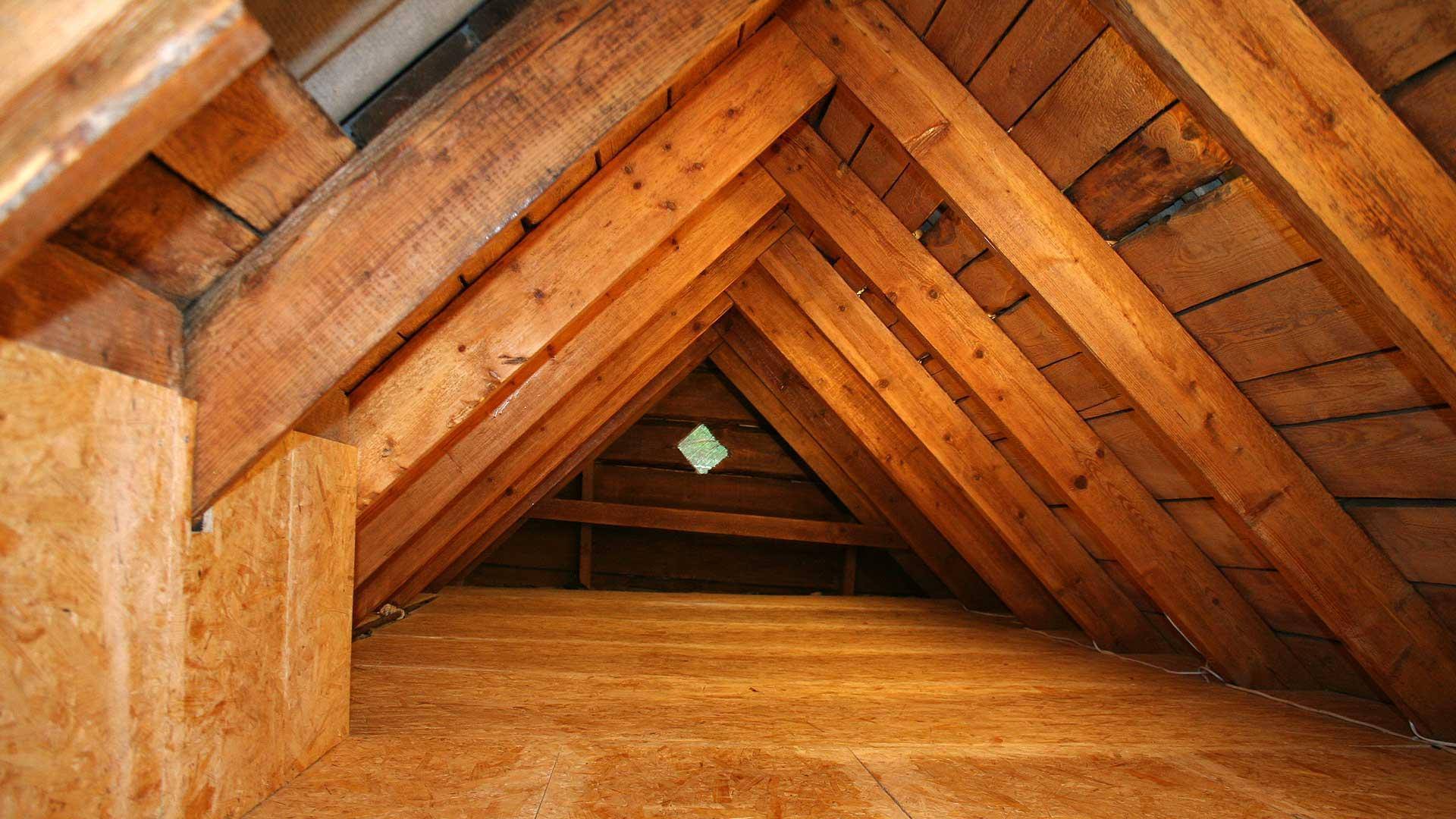



0 thoughts on “Attic Library Conversion for Book Storage in Unused Spaces”